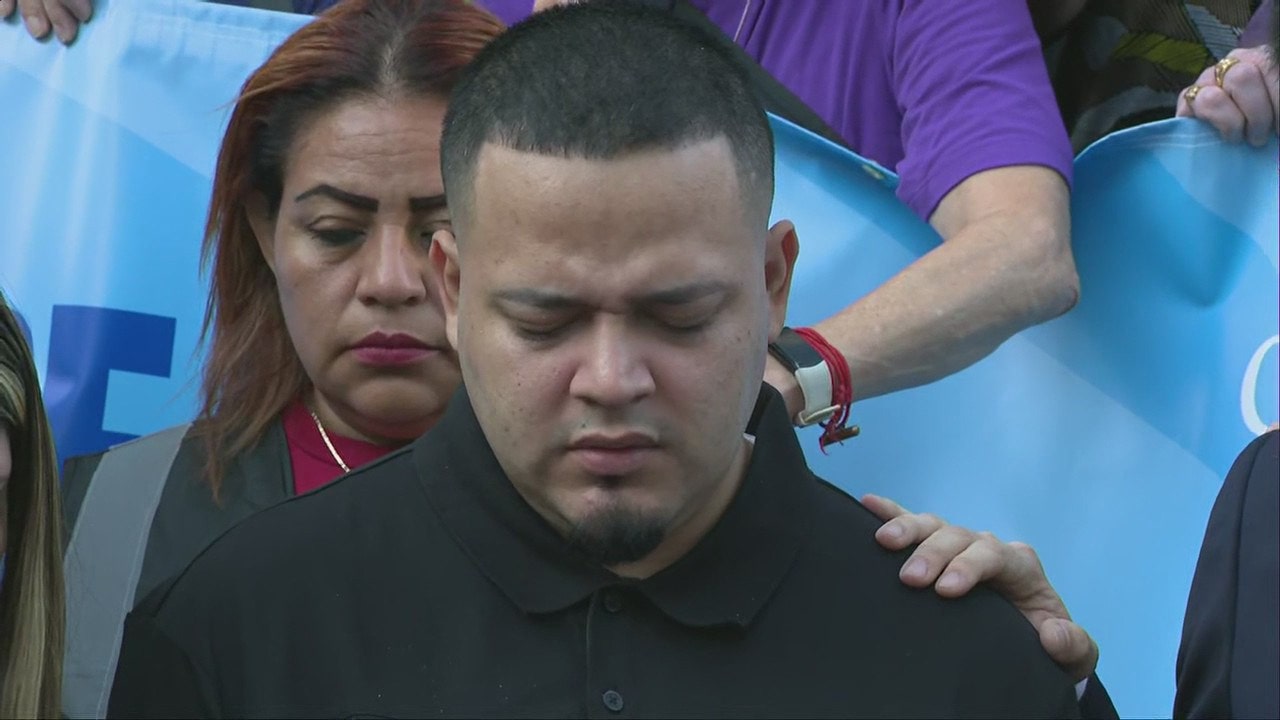Jonathan Anderson’s appointment is part of an industry-wide turbulence, as the luxury sector slows and brands race to stay relevant.MICHAEL TRAN/AFP/Getty Images
On Monday, luxury conglomerate LVMH named Jonathan Anderson the new creative director of Dior, making him the first designer since Christian Dior himself to oversee women’s, men’s and haute couture collections.
LVMH had already announced in April that Anderson, 40, would succeed Kim Jones as artistic director of men’s wear. Just last week, Maria Grazia Chiuri confirmed she would step down as the women’s creative director at Dior after her final show in her hometown of Rome.
A historic move
Maria Grazia Chiuri.ANDREAS SOLARO/AFP/Getty Images
Anderson’s first men’s wear collection will premiere this June, with women’s wear to follow in October. For the first time in its 78-year history, Dior will skip the haute couture shows in July.
“It is a great honour to join the House of Dior as creative director of both women’s and men’s collections,” Anderson said in a statement. “I have always been inspired by the rich history of this House–its depth and empathy. I look forward to working alongside its legendary Ateliers to craft the next chapter of this incredible story.”
From indie wunderkind to global superstar
Anderson was born in 1984 and raised in Magherafelt, a town of 9,000 in Northern Ireland. At 18, he moved to Washington to study acting, but quickly discovered a passion for costume design. He moved to London and studied men’s wear at the London College of Fashion, graduating in 2005, before working as a visual merchandiser for Prada.
He eventually founded his namesake label, JW Anderson, in 2008. His fluid, conceptual collections made him a critical darling on London’s fashion scene. In 2013, LVMH acquired a minority stake in the label and tapped Anderson to lead Loewe, then a middling Spanish house known for leather goods. In his 11-year tenure, Anderson turned Loewe into one of fashion’s most relevant and sought-after brands, with annual revenues reportedly hitting US$2-billion a year.
LVMH acquired a minority stake in Anderson’s namesake label in 2013 and tapped him to lead Loewe.FRANCOIS GUILLOT/AFP/Getty Images
Industry insiders often compare Anderson to Karl Lagerfeld, another prolific visionary who balanced runway spectacle with commercial success. Speaking to the online publication Business of Fashion, Delphine Arnault, the chair and chief executive of Christian Dior Couture, called Anderson “the most talented designer of his generation.”
At Loewe, Anderson mastered the formula Lagerfeld invented during his decades at Chanel. Anderson would wow with a surrealist leather dress moulded to appear in constant motion while producing commercial hits including the ubiquitous Puzzle Bag. He also made Loewe a force in pop culture. Rising actors such as Ayo Edebiri, Josh O’Connor and Greta Lee starred in brand campaigns and wore Loewe on the red carpet. Loewe also sponsored the 2024 Met Gala.
An industry slowdown means challenges await
Dior is the second largest house in LVMH’s stable, after only Louis Vuitton. Until now, it was considered too big a ship for one captain. Consolidating creative leadership in the hands of a sole designer means that Anderson can establish a unified vision. But “there are huge implications,” wrote Lauren Sherman – the fashion journalist who pens Puck’s Line Sheet newsletter – in an e-mail to The Globe and Mail.
“Anderson is of a new generation of designers that are coming into power at the peak of the luxury industry’s consolidation curve. He’ll need to act as a disrupter at an enormous company that generates around $10-billion a year on its own.”
His appointment is also part of industry-wide turbulence: As the luxury sector slows and brands race to stay relevant, leadership changes are mounting. In 2025 alone, 17 fashion brands, including four at LVMH, announced new creative directors.














